Microsoft's KIN: A Eulogy
by Brian Klug on July 13, 2010 3:42 PM EST- Posted in
- Smartphones
- Microsoft
- KIN
- Mobile
The user interaction paradigm that I found the most impressive with the KIN - if you're going to choose something to read into which the platform executed flawlessly - is how photos are handled. You can take - in theory - infinitely many photos, and never run out of space on the device. When you take a photo, it's stored in local storage in full resolution until a sync occurs, or for a few days.
When that sync finally happens, say overnight or during idle time, the photo gets uploaded to the KIN Studio entirely over the air, and the local copy is then replaced with a slightly higher than display resolution copy. It's still in the photo library on the device, but whenever you view it from now on, the KIN streams in the photo in completely over the air if you zoom in.
It happens fast, and the result is that you can take photos indefinitely. That's impressive.
The first time I encountered this feature, I was confused and initially thought the KIN had deleted my photos. I was connected to the desktop using the Zune software, trying to get copies of the test images I had taken with the camera, and saw there were only four photos on the phone. After nearly two hours of shooting test photos, I thought I had been soundly defeated, and began gnashing my teeth in consternation. I suspected a glitch - I could view the photos on the device just fine, but they were nowhere to be found in the correct directory. What the heck?
Then it occurred to me. I realized they were deliberately backed up to the cloud, waiting for me. I was viewing copies of the photos right off the cloud on the device. Sure enough, I checked the KIN studio, and the full resolution photos were there, waiting to be downloaded in full resolution or uploaded to Facebook without ever touching my computer. That's right, you can dump gobs of photos onto Facebook without having them ever touch your bandwidth - it's that kind of cloud to cloud connection where the future lies.
Interestingly enough, it's probably likely that the sheer amount of upload bandwidth the KIN used uploading all your photos and videos led to Verizon mandating smartphone data plans. Depending how many photos you take, uploading all of that to the cloud definitely consumes gobs of data.
In that same interface, you can view photo geotagging data on a big Bing map. It's similar to the places view inside the photos app on the iPhone, except with high resolution thumbnails and natively on the web.
The KIN spot is also in the Studio, though admittedly it doesn't make as much sense on the web as it does on the device.
But it's useful for uploading lots of photos en-masse to Facebook without having them ever come close to using your bandwidth. As I noted, the transaction takes place from Microsoft's cloud to Facebook's. Unfortunately, downloading lots of your photos locally is a bit laborious. Even for the example shots I had taken for this article, it was at times a frustratingly slow matter, requiring you to visit each photo, click more, click download, and then wait for it to complete before moving on to the next one. The studio desperately needs batch operations for deletion, downloading native resolution copies, and perhaps some more speed tweaks. The recent Silverlight update for OS X improved speed on that platform considerably, but even on my Windows 7 desktop, it felt a bit slow.
The other notable KIN Studio functionality is backups - wipe your a device, login with the same Windows Live account, and everything is restored. Similarly, lose your device while swaggering home, buy a new one, and you'll instantly have everything restored over the air. Android is drawing close to doing the same thing - use a google account and every time you get a new device or replacement, applications will automatically install alongside contacts, emails, and calendars - but photos, application data, and other media are still gone forever. The KIN neglects to give music the same treatment, but it's clear given rumblings over Google and Apple both brewing their own cloud music platforms that this is next.
The real war being waged here isn't over just what brand of mobile device you're carrying around, but what services you're using up in the cloud - and as a consequence, who has your data. If you subscribe to Android, you're tightly tied into Google's suite of services and will probably use Google Sync. Choose Apple, and like it or not, you're up in the iTunes purchase cloud, possibly Mobile Me, and even more in the future when iTunes' cloud rolls around. Microsoft is also vying for that data, and at the same time hopes to hook you into the other suite of services - Xbox, Zune, and Live. Tying you into a specific camp of cloud services - and keeping you there - is what this is about, and Microsoft is still in a good position to roll the cloud integration IP from Danger into Windows Phone 7.
If you can, think back to the Sidekicks and how tightly they integrated with the cloud. Eight years later, it's intriguing that the Sidekicks were massively cloud focused devices before the phrase was even mainstream. They backed virtually all their data up to Danger's servers, including contacts, notes, calendars, photos, to-do lists, and messages. True to form, Danger's lasting impression on Windows Phone is a hugely cloud integrated experience.
Of course, the downside to this approach is that sometimes the cloud itself is the weak link. Look no further than the all too recent Sidekick data loss that happened in October of 2009.


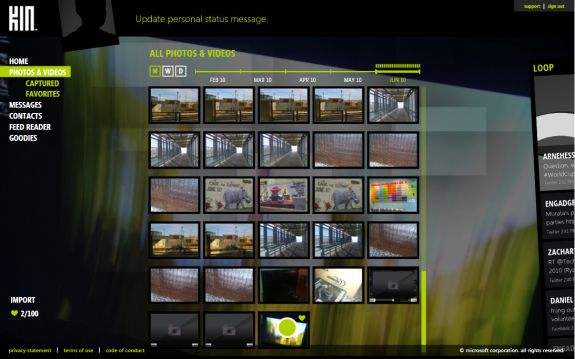
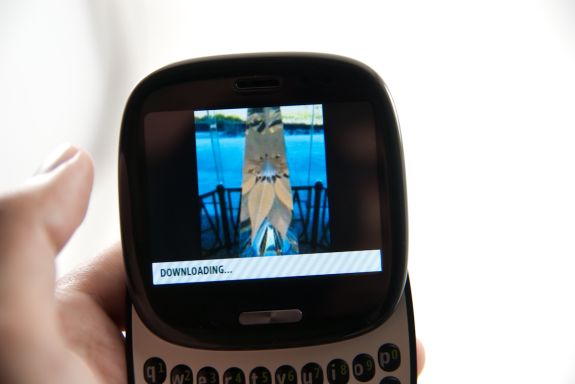
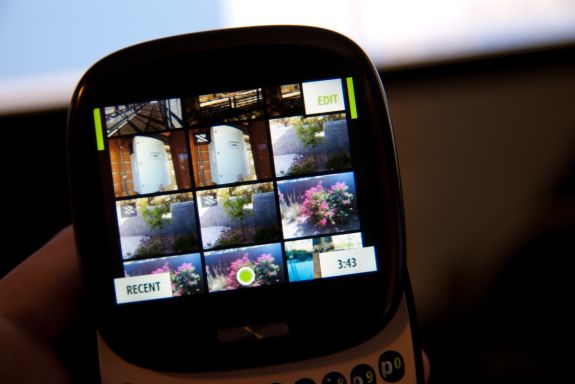
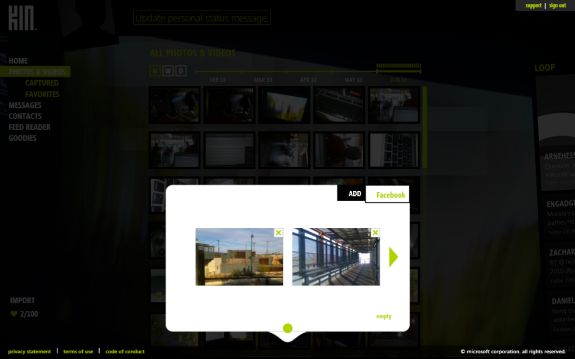
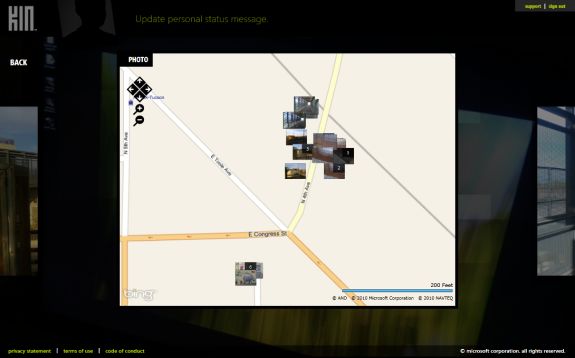
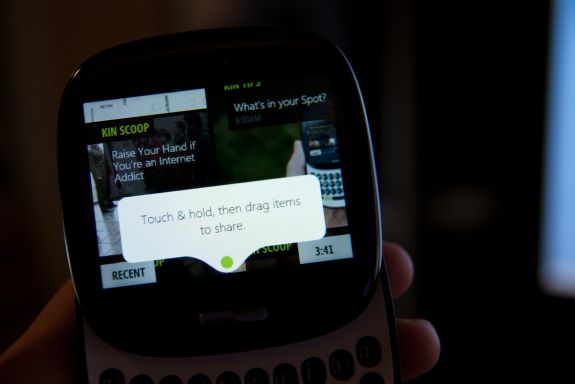










60 Comments
View All Comments
mcnabney - Wednesday, July 14, 2010 - link
Important tools buried within menus.Dependence on a specific computer to sync.
Too damn many things to do just to make a call.
Navigation required a stylus due to tiny menus and icons.
Too many lockups, reboots, battery yanks, and software incompatibilities.
Most devices were EXTREMEMLY unreliable.
Non-existent followed by limited push email support.
I could go on and on....
aebiv - Thursday, July 15, 2010 - link
So make a shortcut where you want it.I haven't synced to a computer in years.
I push one button and dial a number to make a call, or I tell it to make a call.
I'd rather be able to use a stylus, than have a capacitive screen that won't allow for precise input.
I can give you lists of people who have very few lockups, and I've seen quite a few Android and Apple phones lockup as well.
My original Motorola Q is still running strong, so are many others.
Activesync/Exchange support has always been best on the windows mobile devices, the VZ Droid STILL can't get push mail fixed. You have to buy a third party app called Touchdown to get it to work semi decently.
Please, do go on.
kmmatney - Friday, July 16, 2010 - link
If the average person plays with a windows mobile phone and an iPhone at the AT&T store, then they will buy the iPhone - it's that simple.aebiv - Saturday, July 17, 2010 - link
Exactly. The average person bought the Motorola RAZR too.This current trend for marketing a "smartphone" for the masses is leading to a loss of features and flexibility for those of us who truly want a "Pocket PC."
nangryo - Sunday, July 18, 2010 - link
That makes you above average person and under average person I believe.I think you just thin that you are the first right?
What a sad fellow
aebiv - Sunday, July 18, 2010 - link
You don't even make sense here.nangryo - Sunday, July 18, 2010 - link
Living on your dream world eh? Where you assume that everyone is just like youGo then, use your beloved stylus. just don't use it for.... anything else
lol
aebiv - Sunday, July 18, 2010 - link
No, I never said everyone was like me.Do you see me ripping on the iPhone for being a horrible design because it doesn't do what I want? No, I don't. All I am doing is pointing out that there are some of us, who don't want to have a locked down, limited, glorified feature phone that has 3 big buttons on the screen because it is supposed to be "thumb friendly."
You ever try to use RDP on a 3" screen? It is hard enough on a 4.3" screen without a stylus.
mrdeez - Wednesday, July 14, 2010 - link
Its because the Android OS doesn't have any way of completely closing apps once their open. Get Advanced Task Killer and use it every time you sleep your phone. I have seen my battery life go from 4-5 hours to 7-8.aebiv - Wednesday, July 14, 2010 - link
No, even using that in keeping the tasks closed. If you disable sense on the WinMo and go with SPB or use Titanium the battery life difference is even more drastic.